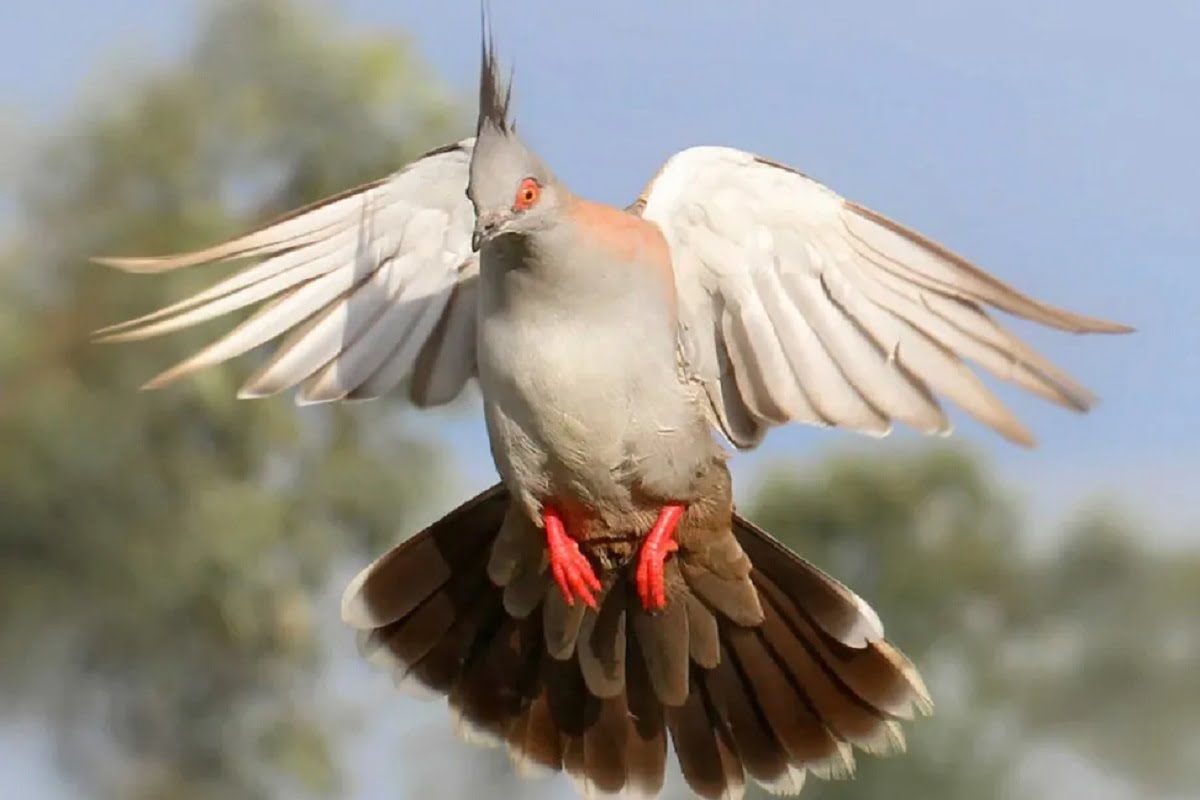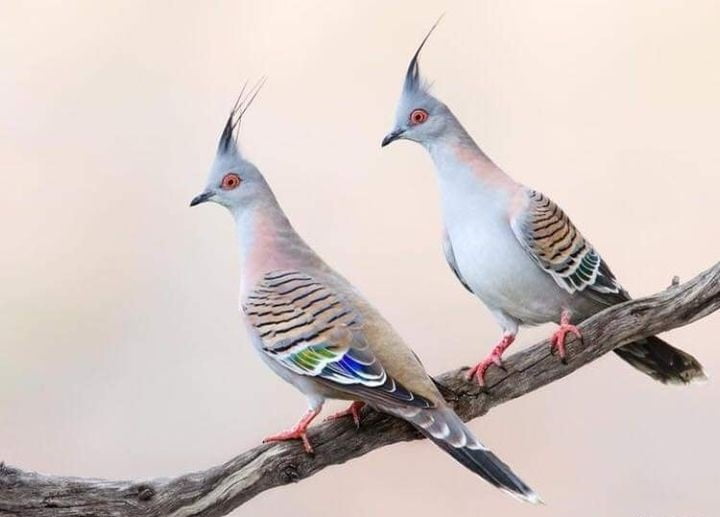The Crested Pigeon is a unique bird that is known for its interesting appearance and behavior. This bird is a member of the pigeon and dove family, and it is found mainly in Australia. Its scientific name is Ocyphaps lophotes, and it is considered to be a species of least concern by the International Union for Conservation of Nature.

One of the most interesting behaviors of the Crested Pigeon is its distinctive call. The male bird makes a distinct “whoop-whoop” sound that is often heard in the early morning and late afternoon. This call is used to attract a mate and to establish its territory. The call is distinctive and can be easily recognized by those familiar with the bird.
The Crested Pigeon is primarily a seed-eater and will feed on a variety of seeds and grains. It is often seen foraging on the ground for food, using its bill to pick up individual seeds. The bird is also known to eat insects and other small invertebrates. This varied diet allows the bird to survive in a range of habitats.
The Crested Pigeon is found throughout most of Australia, except for the most arid regions. The bird prefers open woodland and grassland habitats, and it is often found near water sources such as rivers and lakes. These habitats provide the bird with the food and shelter it needs to survive.
One of the most unique features of the Crested Pigeon is its method of taking off. When it takes flight, it claps its wings together loudly. This sound is produced by the bird’s primary and secondary feathers hitting each other as they open and close. The sound is distinctive and is often heard before the bird is seen.

One of the most unique features of the Crested Pigeon is its method of taking off. When it takes flight, it claps its wings together loudly. This sound is produced by the bird’s primary and secondary feathers hitting each other as they open and close. The sound is distinctive and is often heard before the bird is seen.
One of the most unique features of the Crested Pigeon is its method of taking off. When it takes flight, it claps its wings together loudly. This sound is produced by the bird’s primary and secondary feathers hitting each other as they open and close. The sound is distinctive and is often heard before the bird is seen.
